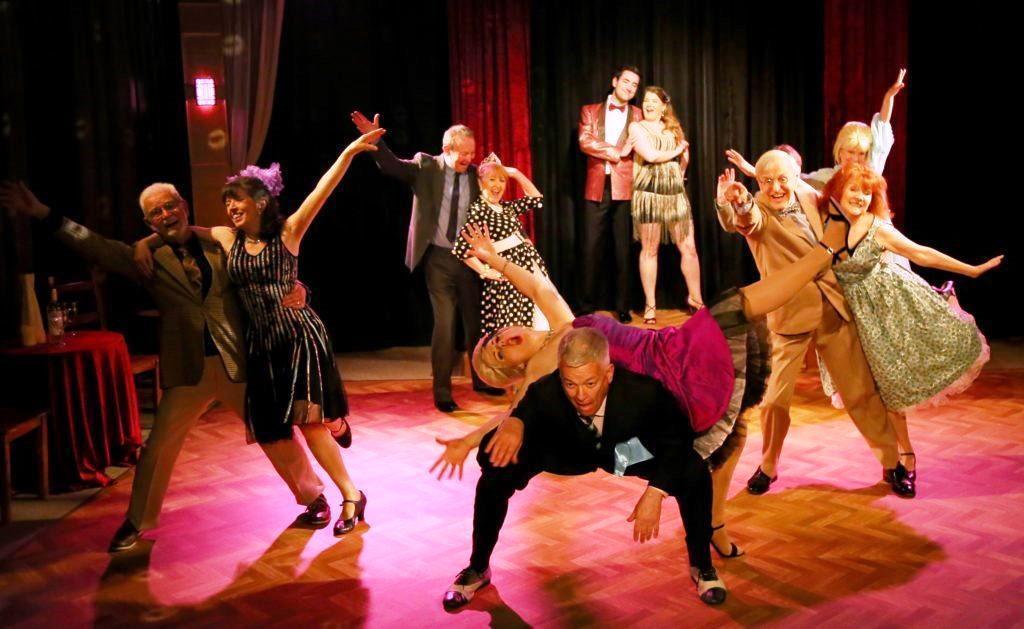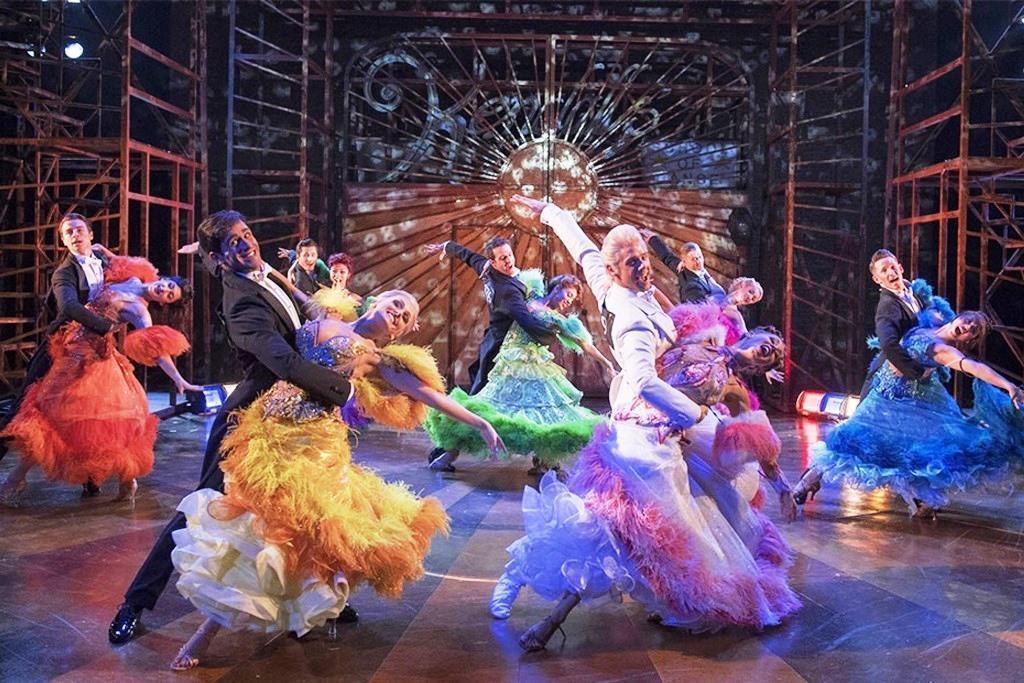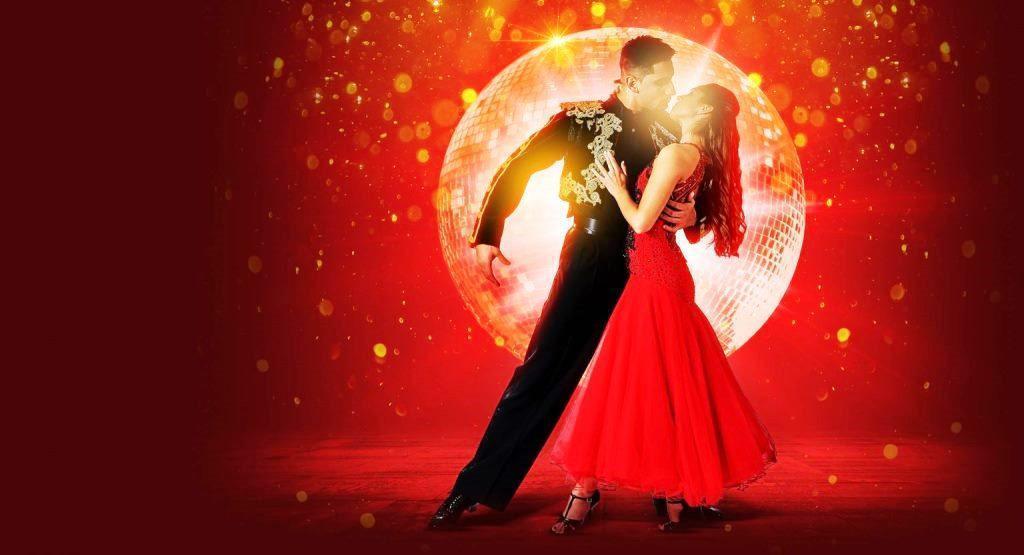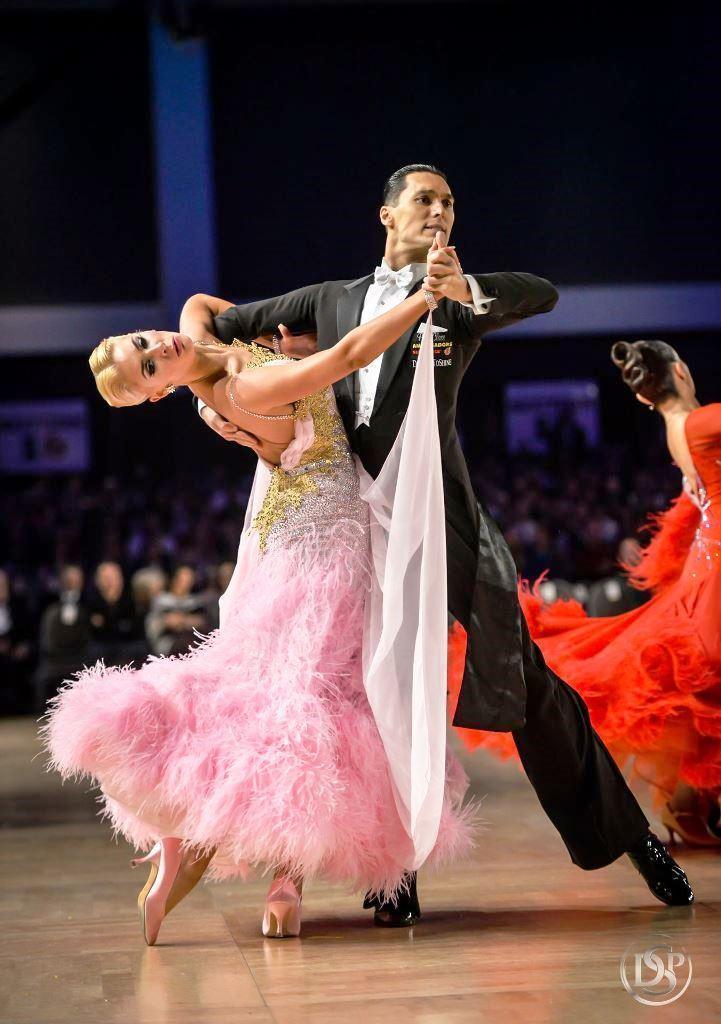
1. Introduction to ballroom dance and its importance in the theatre industry
Introduction to Ballroom Dance and Its Importance in the Theatre Industry
Ballroom dancing has been a popular form of entertainment for centuries, with its roots in European courts and society. It is a form of partner dancing, where two people dance together in time to music. Ballroom dancing is an art form that is both graceful and athletic, requiring skill and precision.
In the theatre industry, ballroom dancing has been used to enhance productions for many years. From the classic musicals of the 20th century to more modern shows, ballroom dancing has been used to create stunning and memorable scenes. From the grandeur of the waltz in ‘The King and I’, to the sultry tango in ‘Chicago’, ballroom dancing has been used to create a sense of atmosphere and emotion.
Technique and Choreography
Ballroom dancing requires a great deal of technique and choreography. Professional ballroom dancers must learn the steps and movements of each dance, and be able to execute them with precision. They must also be able to adapt to different styles and tempos of music, and be able to express the emotion of the dance.
In the theatre, ballroom dancing is used to create stunning performances. Professional choreographers are employed to create intricate and beautiful routines, which are then performed by the cast. Choreographers must be able to combine the technical aspects of ballroom dancing with the story of the show, to create a performance that is both visually stunning and emotionally powerful.
The Impact of Ballroom Dancing in Theatre
The impact of ballroom dancing in theatre is immense. It can be used to create a sense of atmosphere and emotion, and to add a visual element to a production. Ballroom dancing can also be used to create a sense of grandeur and spectacle, as well as to add a sense of tension and drama.
The use of ballroom dancing in theatre is a testament to the skill and artistry of professional dancers and choreographers. It is a form of entertainment that has been enjoyed for centuries, and one that continues to be used to create stunning and memorable performances.
2. History of ballroom dance in theatre productions in Britain
History of Ballroom Dance in Theatre Productions in Britain
Britain has a long association with ballroom dance in theatre productions, stretching back to the late 19th century. During this period, ballroom dancing became increasingly popular in the UK, with a number of high-profile productions featuring ballroom dance.
The First Ballroom Dance Production in Britain
The first ballroom dance production in Britain is widely thought to be the 1881 production of ‘The Merry Wives of Windsor’, which featured a waltz sequence. This was followed by a number of other productions featuring ballroom dance, including ‘The Gondoliers’ (1891), ‘The Mikado’ (1895) and ‘The Yeomen of the Guard’ (1896).
The Edwardian Era
During the Edwardian era, ballroom dancing became increasingly popular in Britain, with a number of high-profile productions featuring ballroom dance. These included ‘The Arcadians’ (1909), ‘The Quaker Girl’ (1910) and ‘The Belle of New York’ (1912).
The Interwar Period
The interwar period saw a decline in the popularity of ballroom dance in Britain. However, a number of productions still featured ballroom dance, such as ‘The Glamorous Night’ (1927) and ‘The Gay Divorcee’ (1933).
The Post-War Period
In the post-war period, ballroom dance regained its popularity in Britain, with a number of high-profile productions featuring ballroom dance, such as ‘My Fair Lady’ (1956) and ‘The Sound of Music’ (1959).
The Present Day
Today, ballroom dance remains a popular feature of theatre productions in Britain. Recent productions featuring ballroom dance include ‘Mamma Mia!’ (1999) and ‘The Phantom of the Opera’ (2004).
3. Different types of ballroom dancing used in theatre productions
Different Types of Ballroom Dancing Used in Theatre Productions
1. Waltz
The Waltz is a graceful dance that originated in Vienna, Austria, and is a popular choice for theatre productions. This dance is characterized by its slow, graceful movements and is usually danced in a closed position. It is a great choice for romantic scenes and is a popular choice for musicals.
2. Foxtrot
The Foxtrot is a smooth, flowing dance that is perfect for any theatre production. This dance is characterized by its quick, light steps and is usually danced in an open position. It is a great choice for comedic scenes and is often used in musicals.
3. Tango
The Tango is a passionate dance that originated in Argentina. This dance is characterized by its sharp, intense movements and is usually danced in a closed position. It is a great choice for dramatic scenes and is often used in plays.
4. Benefits of incorporating ballroom dance into theatre productions
Benefits of Incorporating Ballroom Dance into Theatre Productions
1. Increased Audience Engagement
Ballroom dancing can be a great way to engage audiences in theatre productions. The vibrant and energetic movements of the dancers can captivate audiences and draw them into the story. It can also be used to add a sense of excitement and drama to a show.
2. Improved Collaboration
Incorporating ballroom dance into theatre productions can help to bring together different creative elements. The choreography of the dance must be carefully coordinated with the music, the costumes, and the lighting to create a seamless and captivating performance. This process encourages collaboration between the different departments of a theatre production.
3. Enhanced Professionalism
The incorporation of ballroom dance into theatre productions can add a touch of professionalism to the show. Ballroom dancing is an art form that requires skill and precision, and audiences can appreciate the hard work and dedication of the dancers.
4. Increased Popularity
Ballroom dancing is a popular form of entertainment, and incorporating it into theatre productions can help to increase the popularity of the show. The inclusion of ballroom dancing can make a production more attractive to audiences, and it can also help to draw in new audiences who may not have been interested in the show before.
5. Tips for incorporating ballroom dance into theatre productions
Tips For Incorporating Ballroom Dance Into Theatre Productions
1. Utilize Professional Dancers
When incorporating ballroom dance into a theatre production, it is important to utilize professional dancers. Professional dancers are experienced in the intricacies of ballroom dance, and can provide the production with the level of skill and precision required for a successful performance.
2. Consider Costumes
When incorporating ballroom dance into a theatre production, it is important to consider the costumes. Ballroom dance costumes should be carefully chosen to reflect the style and era of the dance, as well as the overall aesthetic of the show.
3. Choose the Right Music
The music chosen for a ballroom dance performance should be carefully chosen to reflect the style and era of the dance. It is important to choose music that is both upbeat and melodic, and which will provide a suitable accompaniment to the dance.
4. Utilize Choreography
When incorporating ballroom dance into a theatre production, it is important to utilize choreography. Choreography should be carefully chosen to reflect the style and era of the dance, and should be tailored to the individual dancers.
5. Rehearse, Rehearse, Rehearse
When incorporating ballroom dance into a theatre production, it is important to rehearse, rehearse, and rehearse some more! Rehearsal is essential for a successful performance, and it is important to ensure that all dancers are familiar with the choreography and the music.
6. Challenges of incorporating ballroom dance into theatre productions
6. Challenges of Incorporating Ballroom Dance into Theatre Productions in Britain
Incorporating ballroom dance into theatre productions in Britain can present some unique challenges. Here are some of the most common issues that you may come across when working on a production that involves ballroom dance:
Time
Time is always a major factor in theatre productions, and this is especially true when it comes to incorporating ballroom dance. Ballroom dance requires a great deal of practice and rehearsal to perfect, and this can be a challenge when time is limited.
Cost
Ballroom dance can be an expensive addition to a theatre production. Not only do you need to factor in the cost of hiring a ballroom dance instructor, but you also need to consider the cost of costumes, props, and other equipment.
Space
Ballroom dance requires a lot of space, and this can be a challenge in some theatre venues. You may need to consider alternative venues or ways of staging the dance sequences to make sure that you have enough space to perform the dances safely and effectively.
Accessibility
When incorporating ballroom dance into a theatre production, it is important to consider the accessibility of the venue. You need to make sure that the venue is accessible for all dancers, regardless of their physical abilities.
Safety
Safety is always a priority when it comes to ballroom dance, and this is especially true when it is being incorporated into a theatre production. You need to make sure that the venue is safe for the dancers, and that all safety protocols are followed.
Training
Incorporating ballroom dance into a theatre production requires a great deal of training. All of the dancers need to be trained in the specific style of ballroom dance that is being used, and the instructor needs to be familiar with the choreography. This can be a challenge if the dancers have limited experience with ballroom dance.
7. Conclusion – summarising the key points of the article and highlighting the importance of ballroom dance in theatre productions
Conclusion
Ballroom dance is a beautiful and versatile art form that has been used in theatre productions throughout Britain for centuries. Its graceful movements, precise choreography, and intricate rhythms make it a perfect addition to any performance. With the right guidance and instruction, ballroom dance can be used to create stunning visual effects, and to bring a certain level of excitement and energy to any show.
The importance of ballroom dance in theatre productions in Britain cannot be overstated. Not only does it add a unique layer of beauty to any performance, but it also helps to bring the audience to the edge of their seats. By incorporating ballroom dance into your production, you can create a unique and memorable experience for your audience.
Key Points
• Ballroom dance is a beautiful and versatile art form that has been used in theatre productions throughout Britain for centuries.
• Its graceful movements, precise choreography, and intricate rhythms make it a perfect addition to any performance.
• With the right guidance and instruction, ballroom dance can be used to create stunning visual effects, and to bring a certain level of excitement and energy to any show.
• The importance of ballroom dance in theatre productions in Britain cannot be overstated.
• Incorporating ballroom dance into your production can create a unique and memorable experience for your audience.




